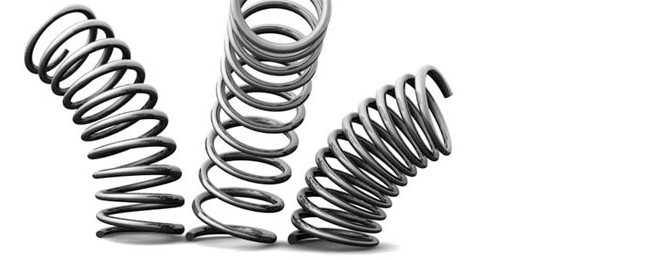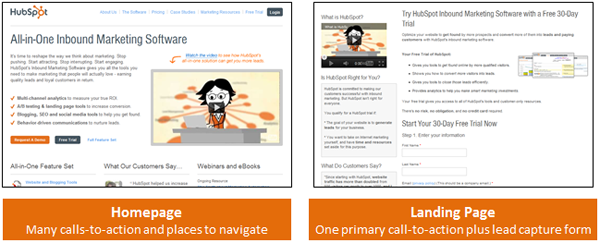
WEBSITE DESIGN & USABILITY. HOW LONG BEFORE YOUR WEB VISITORS BOUNCE?
First Impressions Count.
(This is the 2nd article of a 4-part series, “4 online marketing solutions to driving traffic & converting leads”. See article #1: Getting Found Online)
Now that you’re generating web traffic by getting found online, one of your next online marketing solutions is getting that traffic to stay on your website. Depending on your industry, most websites have a 30-60% bounce rate on average. This means a large majority of web traffic entering your website leaves without navigating to any other pages. And many times they may never come back.
Your website represents who you are and what you offer. Within the first 3-5 seconds, your visitors will form a first impression on the following:
- Is this site credible?
- Is it trustworthy?
- Is this a professional company?
- Is this company stable?
- Does this site make me feel welcome?
- Am I in the right place?
Ask yourself all of these questions when designingyour website. While design may not be the most important factor in a website (often-times folks put too much emphasis on how a site looks instead of it works), it does play an important role in making a good first impression.

TIPS FOR GREAT WEB DESIGN
- Proper use of colors: Use the right colors for your audience and to draw attention to select elements. Don’t try to make everything jump out. The result will be just the opposite – nothing will stand out. Avoid a chaotic mix of colors on your website and instead pick two to four colors for your template and marketing materials.
- Avoid anything unnecessary. Using Flash animations because they look cool is the wrong strategy. In most cases it’s best not to use animated background or background music. Only use media and animations to help support content and information.
- Create a clear navigation structure and organize page elements in a grid fashion (as opposed to randomly scattered). Also, don’t be afraid of white space and avoid clutter!
- Make sure your website is legible. Use fonts, font sizes and font colors that are easy to read. For easier page scanning, use bullet lists, section headers, and short paragraphs. If your site is English language-based, make sure information flows from left to right and top to bottom.
MAINTAIN CONSISTENCY
It’s best to keep elements on your site fairly consistent from page-to-page. Elements include colors, sizes, layout and placement of those elements. Your site needs to have a good flow from page to page. This means colors are primarily the same as well as fonts and layout structure. Navigation should remain in the same location of your layout throughout your website.

For layout structure, typically three page layouts exist for most websites: one for the homepage, one for content pages and one for form pages. For example, your homepage will have a different layout than a landing page for a PPC campaign. Keep the elements in these layouts constant. This will help keep your visitors from feeling lost.
USE THE RIGHT IMAGES
Images can be a powerful element to any website but you need to use them wisels For example, stock images are seen everywhere because they are easily accessible and inexpensive. But are they good to use?
Marketing Experiments performed a test comparing the use of stock photography verses real imagery on a website and each of their effects on lead generation. What they found was that photos of real people out-performed the stock photos by 95%. Why? Because stock images tend to be irrelevant. Resist the temptation to use photos of fake smiling business people!
As a result, take care to place meaningful images on your site. Every image is transmitting a subconscious message to your audience and sometimes the result is different from what might expect. I’d recommend looking into another study by Marketing Experiments “Images vs. Copy: How getting the right balance increased conversion by 29%.”
WEBSITE NAVIGATION
Perhaps one of the biggest factors to keep visitors on your website is having a good, solid navigation system that supports all search preferences. In fact, more than three-quarters of survey respondents from a recent HubSpot study say that the most important element in website design is ease in finding information.
If people can’t find what they are looking for, they will give up and leave. Here’s what visitors want
- Keep the structure of your primary navigation simple (and near the top of your page)
- Include navigation in the footer of your site.
- Use breadcrumbs on every page (except for the homepage) so people are aware of their navigation trail.
- Include a Search box near the top of your site so visitors can search by keywords.
- Don’t offer too many navigation options on a page.
- Don’t dig too deep – in most cases it’s best to keep your navigation to no more than three levels deep.
- Include links within your page copy and make it clear where those links go to. This is also great for SEO!
- Avoid use of complicated JavaScript and especially Flash for your navigation. Many mobile phones can’t see Flash (yet), thus they won’t be able to navigate your website. Same applies to web browsers that don’t have an updated version of Flash installed.
The overall rule with a proper navigation structure is simple: don’t require visitors to have to think about where they need to go and how to get there. Make it easy for them
ACCESSIBILITY
Make sure that anyone visiting your website can view it no matter what browser or application they are using. In order to gain significant traffic, your site needs to be compatible with multiple browsers
and devices. With growth in mobile phones and tablet devices, people are surfing the internet more than ever before. Make sure to get some of those views by allowing everyone to view your site, no matter what kind of system they run or which browser they use.


